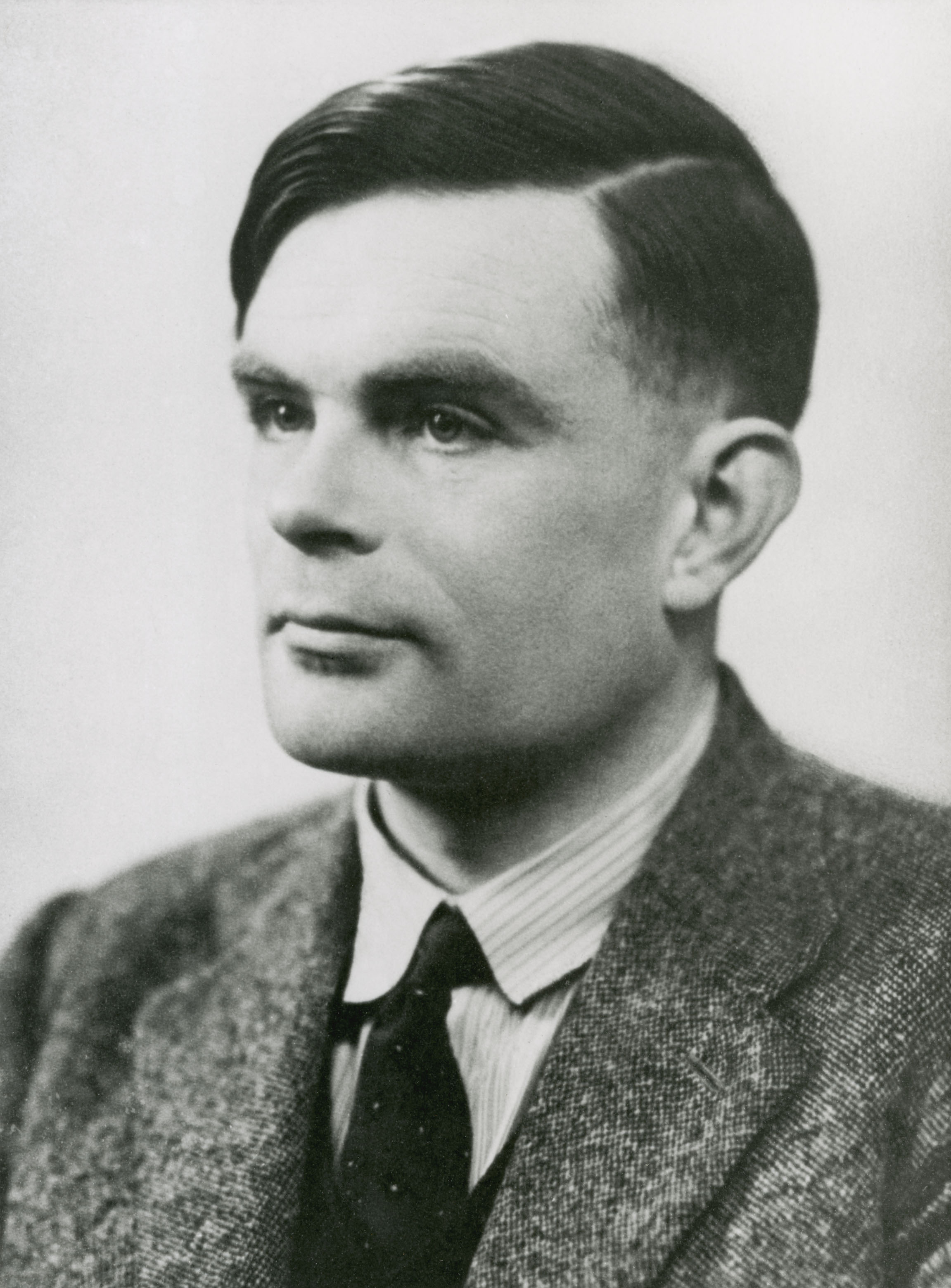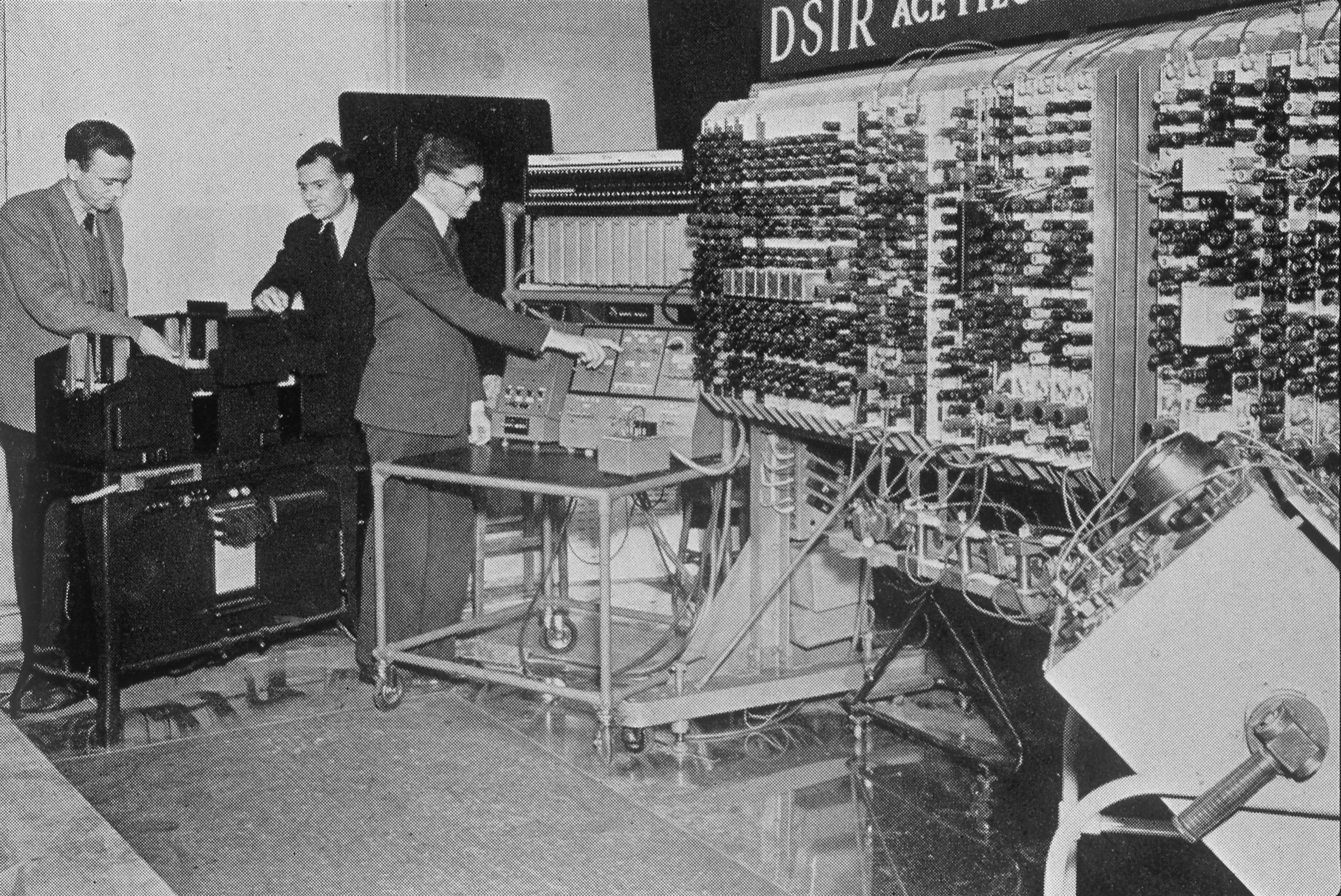February is Lesbian, Gay, Bisexual and Trans History Month, and this year the focus is on mathematics, science and engineering. Here, David Rooney, curator of the Science Museum’s award-winning Codebreaker exhibition, discusses mathematician Alan Turing’s contributions to science and society.
Alan Turing’s life had many facets. He is perhaps most widely known today for his wartime codebreaking exploits at Bletchley Park, where he devised processes and technologies to crack German ‘Enigma’ messages on an industrial scale. The intelligence uncovered at Bletchley was central to Britain’s war effort and may have shortened the conflict by up to two years. Winston Churchill described the site’s cryptanalysts as his ‘golden geese that never cackled’.

Turing’s first major contribution to science had been a paper written in 1936, when he was just 24, on an abstruse theoretical problem in the philosophy of mathematics. ‘On computable numbers, with an application to the Entscheidungsproblem’ attacked German mathematician David Hilbert’s so-called ‘decision problem’, which sought a formal underpinning of mathematics. Turing’s paper was a philosophical bombshell which destroyed the consistency of the subject.
This work brought Turing to the attention of a small group of mathematicians and philosophers, but it was its theoretical description of a ‘universal computing machine’, capable of carrying out any computable task, which was later seen as the conceptual basis of today’s stored-program computers. For Turing, his 1936 universal machines were simply thought experiments, but for others they signalled the future of computing. Turing himself wrote one of the first practical designs for a stored-program computer, later realised as the ‘Pilot ACE’, on display in the exhibition.

Alongside his work in cryptanalysis and computing, Turing is also widely remembered for his work on machine intelligence after he left wartime Bletchley Park. The ‘Turing test’, sketched out in his seminal 1950 paper ‘Computing machinery and intelligence’, has become a popular trope in artificial intelligence. It was Turing’s response to a philosophical stumbling block. First he asked, ‘Can machines think?’ He then proposed that this, itself, could never be known. Instead, if a machine could appear to be intelligent in a guessing game, then it could be assumed to be intelligent.
The relationship between thought and matter was a common theme throughout Turing’s life. As a teenager at Sherborne School, Dorset, he became closely attracted to a fellow student, Christopher Morcom, who was a year older. Morcom was, if anything, even brighter than Turing, and more devoted to mathematics and science. The pair became close friends, although Turing’s love of Morcom was unrequited.
Meeting Morcom was a watershed in Turing’s life, acting as an emotional catalyst that converted the previously ill-focused, undisciplined but undoubtedly clever boy into a young man constantly attempting to improve himself. Morcom died, aged 18, from tuberculosis, and the rest of Turing’s life seemed to be an attempt to keep Morcom alive and make him proud.
If Morcom’s friendship and death was material in Turing’s intellectual development, it can also be seen as a focus for the complex ideas about intelligence and the mind that Turing developed towards the end of his own life. Writing to Morcom’s mother soon after her bereavement, Turing said, ‘when the body dies the “mechanism” of the body holding the spirit is gone and the spirit finds a new body’. Even in his 1950 paper on machine intelligence Turing showed great interest in paranormal phenomena such as telepathy and psychokinesis that were at the fringes of scientific respectability even then.
Turing’s science remained resolutely off the mainstream. Having broken codes for the nation and conceived new paradigms in mathematics, computing and intelligence, he produced final work that was so avant-garde that it was virtually abandoned after his death in 1954, only to be picked up again relatively recently. Morphogenesis – the development of pattern and form in living things – occupied his thoughts for the last four years of his life as he ran computer simulations of the mathematics and chemistry of life itself.

At Cambridge University, where he studied in the 1930s, and at wartime Bletchley Park, Turing’s homosexuality was relatively tolerated. But in post-war Britain a new morality was rapidly emerging. Britain’s future rested on repopulating the country with young men to replace the millions slaughtered at war. Homosexual people – men and women – were increasingly characterised as deviant and harmful to the fitness of the race, and their presence in society became a matter of national concern.
The Cold War intensified these concerns, as gay people were assumed to be at risk of blackmail, endangering the security of the nation. Turing held some of the nation’s most secret knowledge in his head.

In 1952, following an unlawful sexual relationship, Turing was tried and convicted of ‘gross indecency’ under the anti-homosexuality legislation of the day. He was stripped of his security clearance and his post-war consultancy to Bletchley Park’s successor, the Government Communications Headquarters (GCHQ), ended. He was offered a choice of imprisonment or a one-year course of hormone treatment to suppress his libido, and he took the latter. It was chemical castration.
Turing appeared to recover well from the sentence after its effects subsided, but by then he was under police surveillance and it is likely that his actions had become of grave concern to the security services. On 7 June 1954 he ingested a large amount of cyanide solution at his home in Wilmslow, Cheshire and was found dead the next day by his housekeeper. The coroner recorded a verdict of suicide, opining that Turing’s ‘mind had become unbalanced’. Turing did not leave a suicide note, and the full circumstances of his death remain a mystery.
Codebreaker: Alan Turing’s Life and Legacy, opened at the Science Museum on the 21 June 2012 and ran until 31 July 2013.